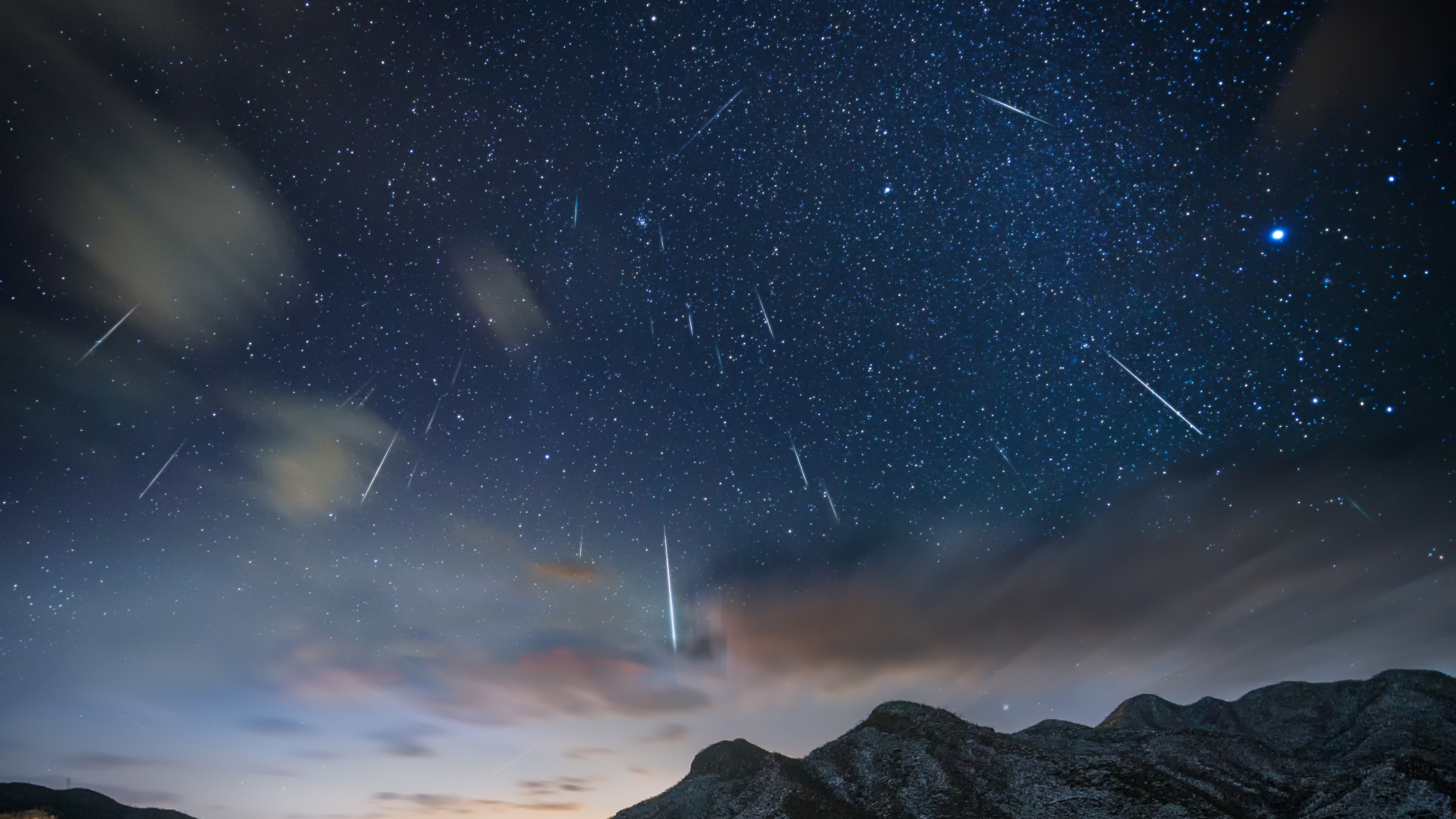New Cloak of Plasma Found Around Earth
A detailed analysis of the measurements of five different satellites has revealed the existence of warm cloak of plasma around Earth.
This newfound feature is part of the magnetosphere, a shield of magnetic fields and electrically charged particles that surround and protect Earth from the onslaught of the solar wind.
The northern and southern polar lights – aurora borealis and aurora australis – are the only parts of the magnetosphere that are visible, but it is a critical part of Earth's space environment.
"Although it is invisible, the magnetosphere has an impact on our everyday lives," said Charles "Rick" Chappell, research professor of physics and director of the Dyer Observatory at Vanderbilt University. "For example, solar storms agitate the magnetosphere in ways that can induce power surges in the electrical grid that trigger black outs, interfere with radio transmissions and mess up GPS signals. Charged particles in the magnetosphere can also damage the electronics in satellites and affect the temperature and motion of the upper atmosphere."
The study was detailed recently in the Journal of Geophysical Research.
Chappell and his colleagues pieced together a "natural cycle of energization" that accelerates the low-energy ions that originate from Earth's atmosphere up to the higher energy levels characteristic of the different regions in the magnetosphere. This brought the existence of the new region into focus.
The warm plasma cloak is a tenuous region that starts on the night side of the planet and wraps around the dayside but then gradually fades away on the afternoon side. As a result, it only reaches about three-quarters of the way around the planet. It is fed by low-energy charged particles that are lifted into space over Earth's poles, carried behind the Earth in its magnetic tail but then jerked around 180 degrees by a kink in the magnetic fields that boosts the particles back toward Earth in a region called the plasma sheet.
Breaking space news, the latest updates on rocket launches, skywatching events and more!
Chappell and his colleagues – Mathew M. Huddleston from Trevecca University, Tom Moore and Barbara Giles from the National Aeronautics and Space Administration, and Dominique Delcourt from the Centre d'etude des Environments Terrestre et Planetaires, Observatoire de Saint-Maur in France – used satellite observations to measure the properties of the ions in different locations in the magnetosphere.
An important part of their analysis was a computer program developed by Delcourt that can predict how ions move in the earth's magnetic field. "These motions are very complicated. Ions spiral around in the magnetic field. They bounce and drift. A lot of things can happen, but Dominic developed a mathematical code that can predict where they go," said Chappell.
When the researchers applied this computer code to the satellite observations some patterns became clear for the first time. One was the prediction of how ions could move upward from the ionosphere to form the warm plasma cloak.
"We have recognized all the other regions for a long time, but the plasma cloak was a fuzzy thing in the background which we didn't have enough information about to make it stand out. When we got enough pieces, there it was!" said Chappell.

Space.com is the premier source of space exploration, innovation and astronomy news, chronicling (and celebrating) humanity's ongoing expansion across the final frontier. Originally founded in 1999, Space.com is, and always has been, the passion of writers and editors who are space fans and also trained journalists. Our current news team consists of Editor-in-Chief Tariq Malik; Editor Hanneke Weitering, Senior Space Writer Mike Wall; Senior Writer Meghan Bartels; Senior Writer Chelsea Gohd, Senior Writer Tereza Pultarova and Staff Writer Alexander Cox, focusing on e-commerce. Senior Producer Steve Spaleta oversees our space videos, with Diana Whitcroft as our Social Media Editor.
